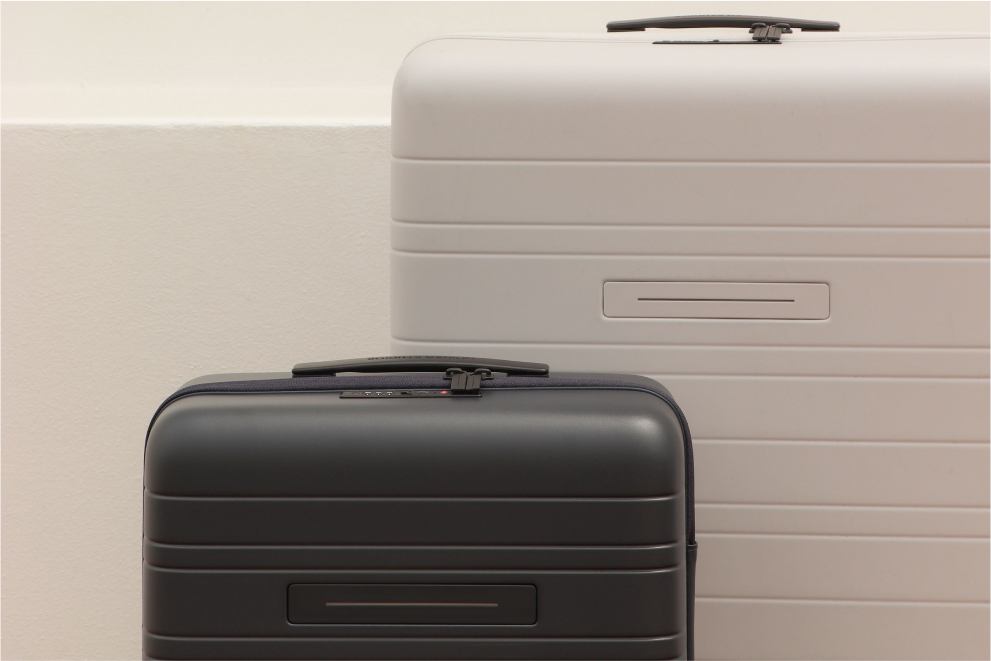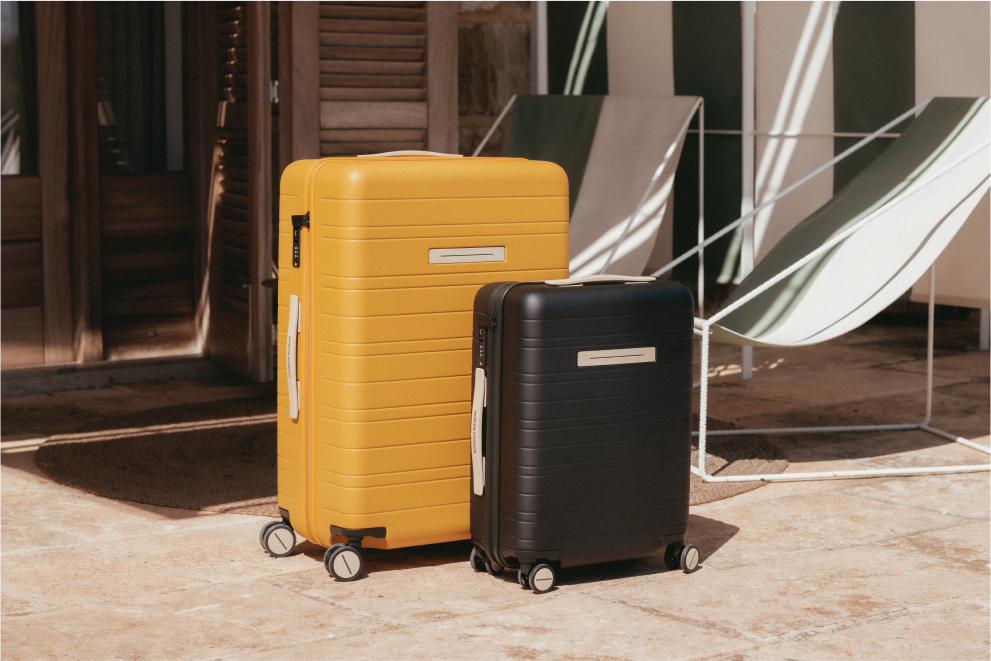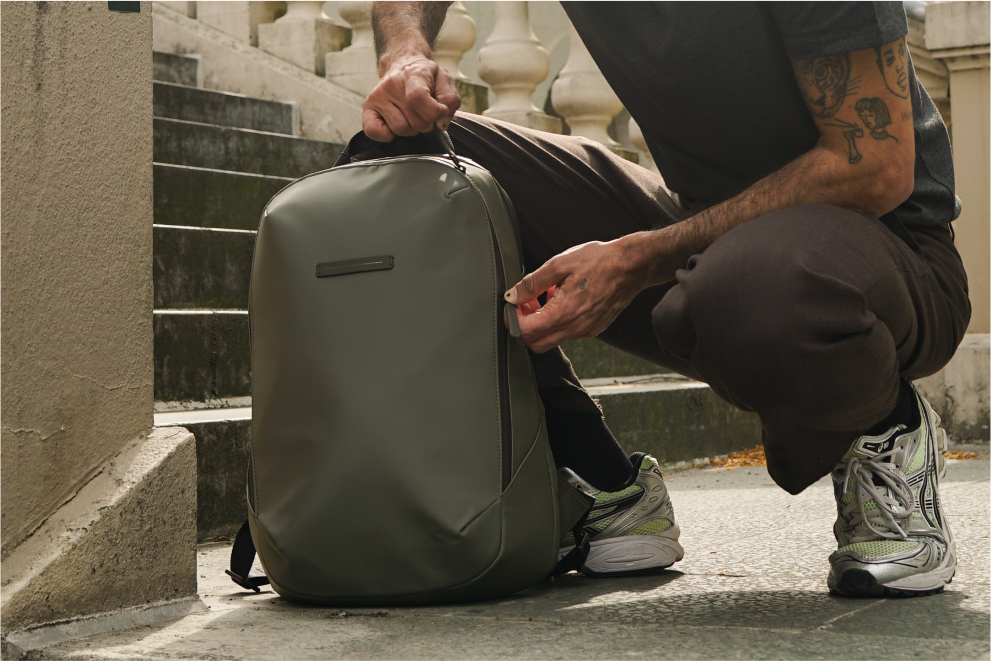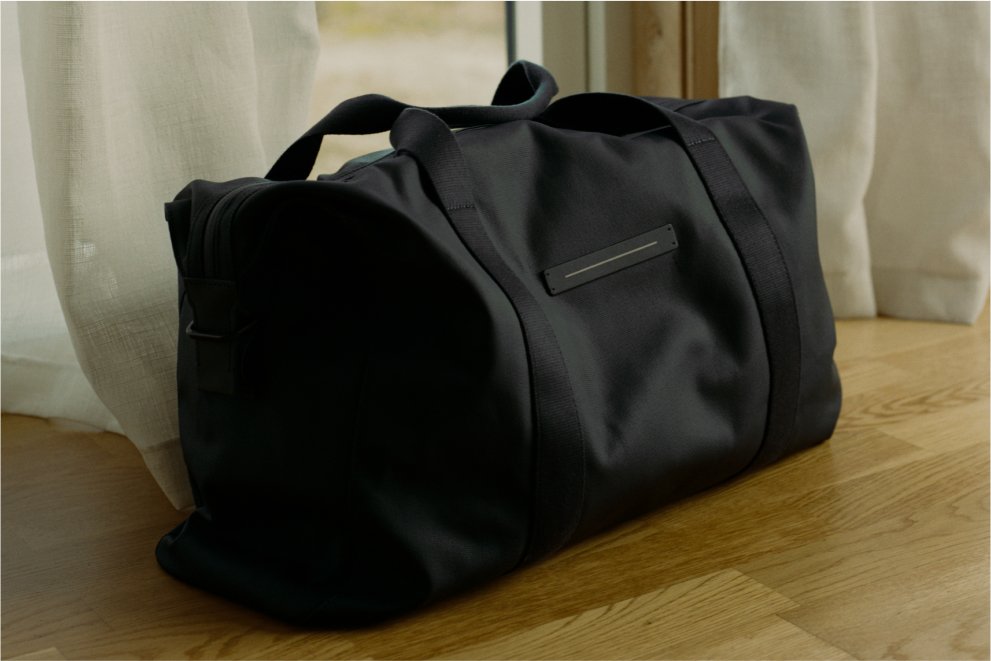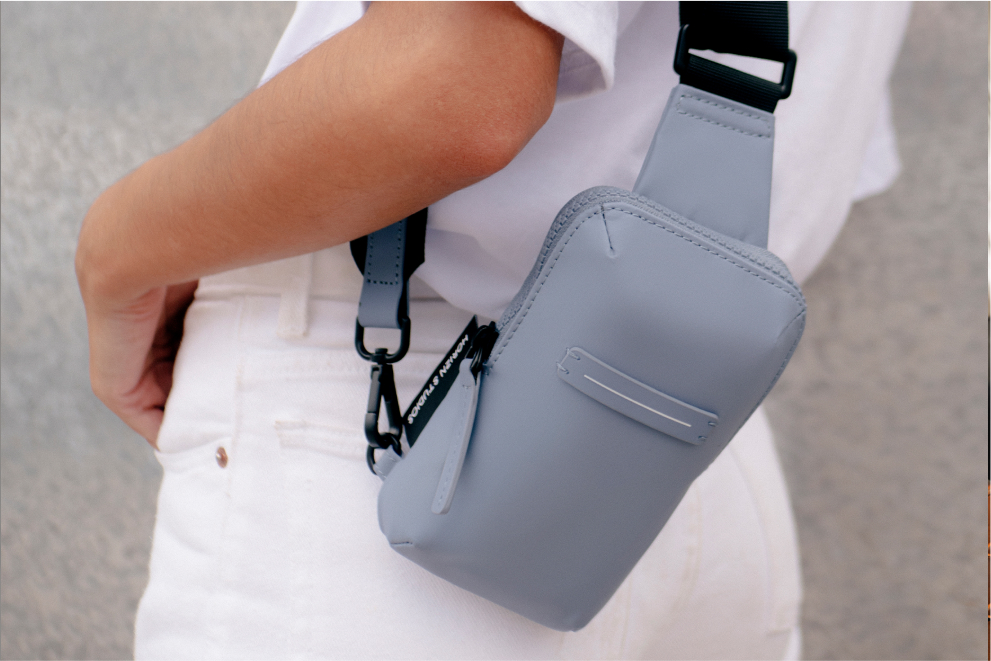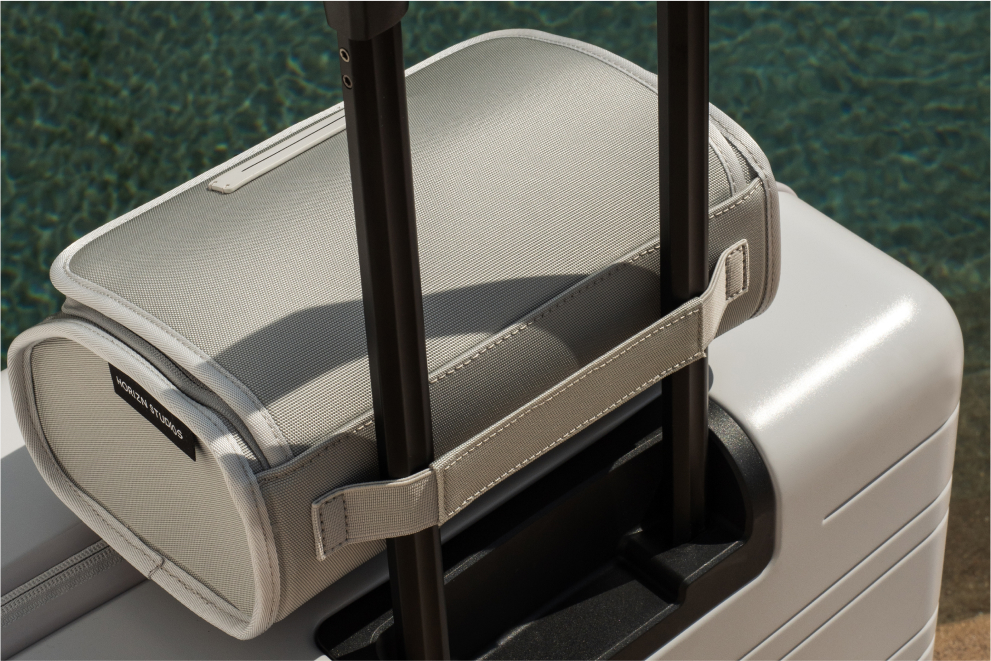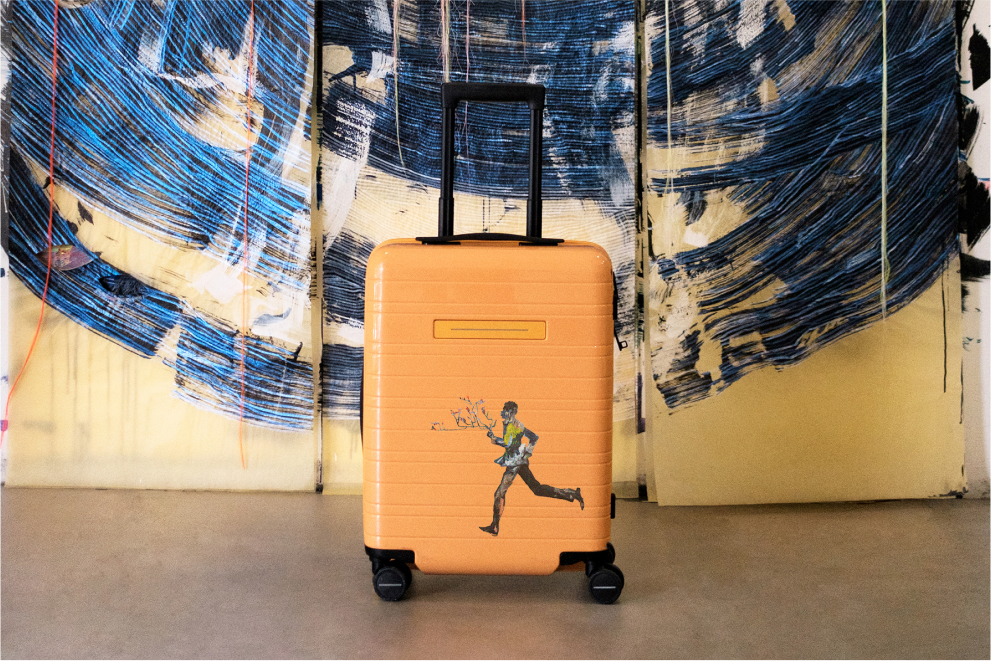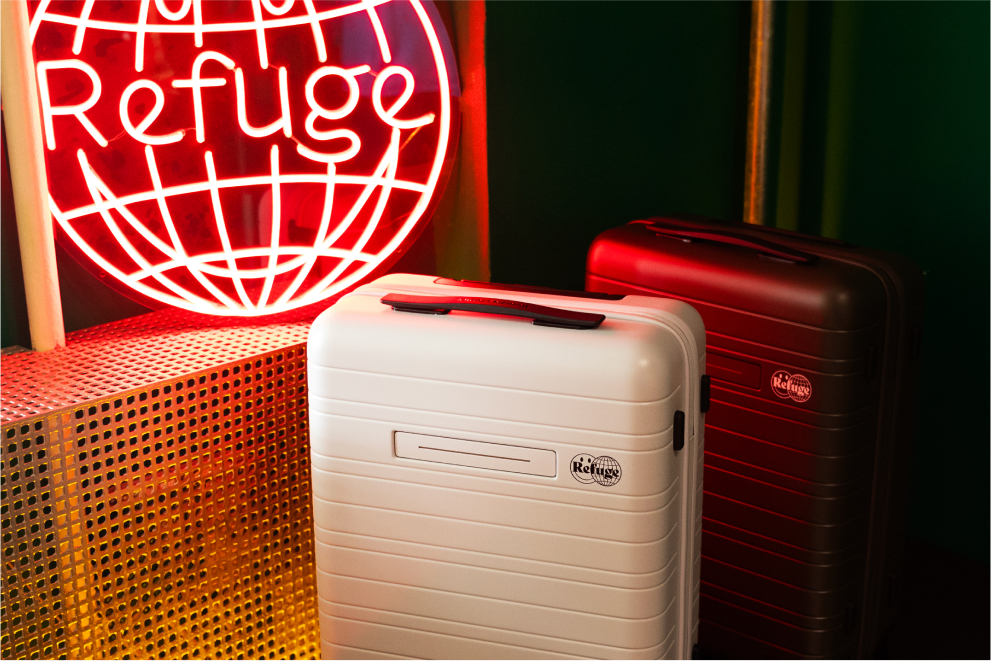New Year, Same Traditions
Mapping out global new year pastimes
The turn-of-the year is often met with a certain tradition: promises of the new to carry us through.
Our resolutions range from the grand to the modest, whether that’s wanting to explore uncharted places around the world, or simply starting a new hobby. Then there are the same traditions, specific to certain cultures around the world, that crop up time and again. It seems that no matter which new year we celebrate, old pastimes always remain – even if it's the pastime to have a new resolution. Have a read of the traditions and customs celebrated around the world, every new year.
Spain
Many cultures see New Year's as an opportunity to celebrate with loved ones. For the Spanish, grapes are added to the mix. Eating 12 grapes 12 seconds before midnight – one every second – is the superstitious tradition that can make or break the year. Supermarkets are emptied of grapes before the big day, and all families and friends will eat every grape before the clock strikes 12, or you have bad luck for the rest of the year!
Mexico
While the Mexicans share the same grape tradition as the Spanish, they have a few more up their sleeve to wish them well in the new year. Among these are throwing a bucket of water out the window to signify leaving the old year and welcoming the new. Followed by symbolically sweeping out the old year and sweeping in 12 coins into the house in the hope of good fortune and prosperity. Fireworks are also of course the chosen way to celebrate!
Germany
The Germans slide (the wish of a "Guten Rutsch" literally means "have a good slide") into the New Year with friends, family and typically, the German version of champagne: a bottle of Sekt. Unlike the Spaniards or Mexicans, there aren't any grapes involved but occasionally there's some melting lead. A traditional custom is for everyone to take a piece of lead, melt it in a spoon over a flame, and drop it into cold water – its shape revealing what the New Year will bring.
Netherlands
For the Germans it's melted lead and Sekt, for the Dutch it's Oliebollen. Dating back as early as the 17th Century, the warm deep-fried, icing sugar-dusted balls of dough have become a well-loved treat to be indulged in on New Year's Eve, every New Year's Eve. With an oliebol in hand and fireworks around to look at, you can be sure to celebrate New Year's the Dutch way!
Denmark
As they're only permitted to launch fireworks over six days of the entire year, it's safe to say the Danes keep the sky well-lit with rockets and fireworks for New Year's Eve. However, a more idiosyncratic custom that the Danes share is the tradition to gather up all unwanted crockery from the year and smash them against the front door of your friends as a token of your affection – here's to starting New Year's with a bang!
China
Unlike the European celebrations, the Chinese New Year is a festivity that changes in date, usually falling between January 21 and February 20, and with a whole host of traditions. Before fireworks are launched to scare the evil of the year away, the Chinese typically have a New Year's Eve Dinner at home with as many family members as possible. Houses are usually cleaned and displayed with red decorations such as lanterns and door gods. Finally, to make it a truly prosperous new year, there are always red envelopes containing money, typically given by adults to young children.
